During our latest trip to Japan, we also visited the southern island of Kyushu and we stayed 2 nights in Beppu, one of Japan’s most famous hot spring town.
We spent 1 day in the city of Beppu, while the second day we decided to rent a car and explore the surrounding areas.

This was the first time we rented and drove a car in Japan, as we usually prefer public transport. However, this part of Kyushu is not very easy to explore by bus and train and having only 1 day, a car was our only option.

We chose to visit the Kunisaki Peninsula (of which I will tell you today) and the beautiful historic town of Kitsuki (my next post). However, if you have the time, do go see the Stone Buddhas in Usuki as well.
SIGHTSEEING
The Kunisaki Peninsula is situated in northern Oita Prefecture, facing the Seto Inland Sea. It has a number of valleys radiating from Mount Futago at its centre. Mostly covered by forests and sparsely populated farmlands, the peninsula is dotted with many beautiful temples like the important Futagoji Temple.


The Kunisaki Peninsula is home to a unique local Buddhist culture, called “Rokugo Manzan”, which contains elements of Buddhism, Shinto and mountain worship, and revolves around the peninsula’s numerous temples and Usa Shrine, the head shrine among thousands of Hachiman Shrines in Japan. The predominance of stone statues is a defining characteristic of the Rokugo Manzan culture.
KUMANO MAGAIBUTSU STONE BUDDHAS
The Kumano Magaibutsu Stone Buddhas are two large stone carvings into the walls of a cliff at Taizoji Temple.
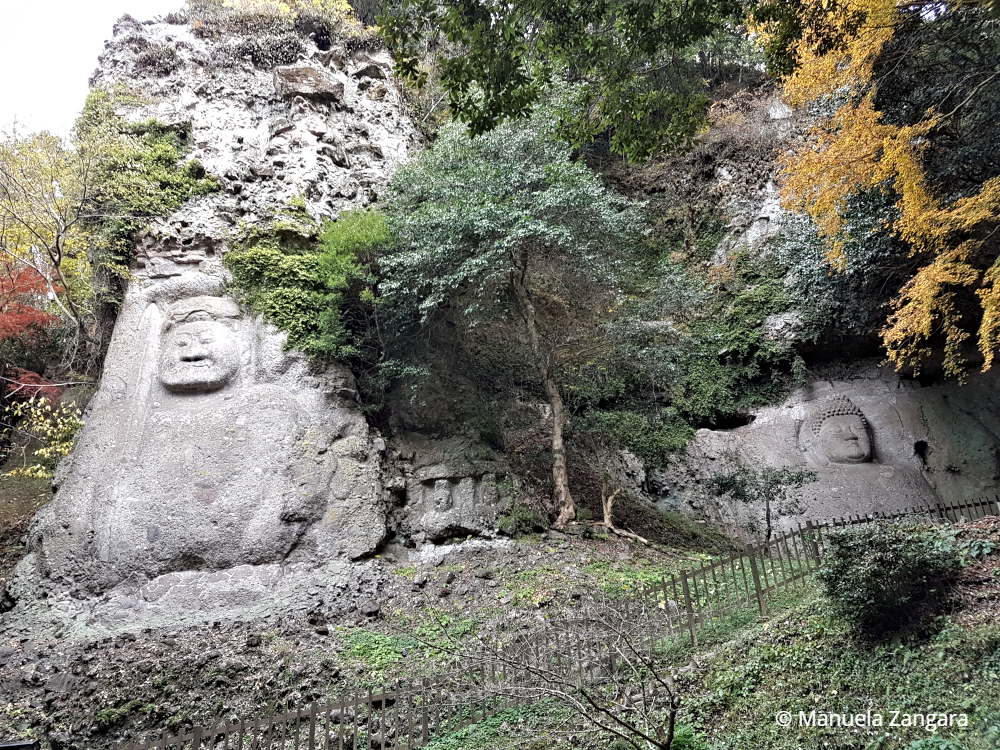
There are an eight-metre tall Fudomyoo:

And a nearly seven-metre tall Dainichi Buddha.

They are the largest Buddhist stone carvings in Japan but are not as intricately sculpted as the Usuki Stone Buddhas. It is unknown when exactly these huge stone carvings were made, but it is estimated that they were created during the late Heian Period.
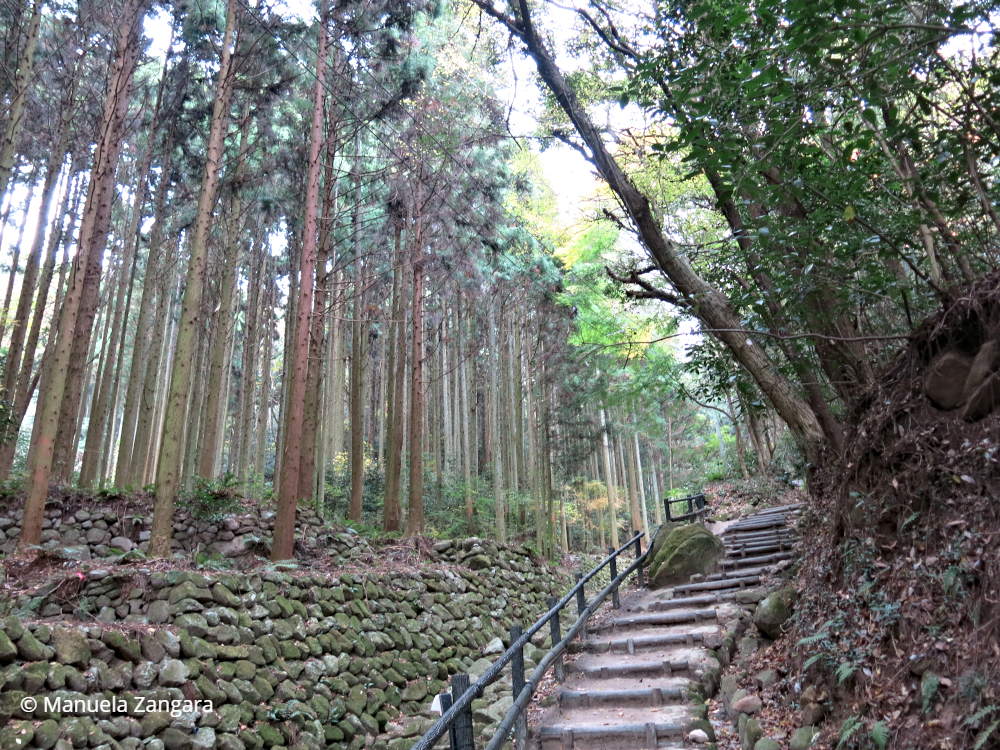
In order to see the carvings, visitors have to walk through the forest for about 20-30 minutes first along a gravel path and then along a STEEP flight of stone stairs said to have been built overnight by an ogre.

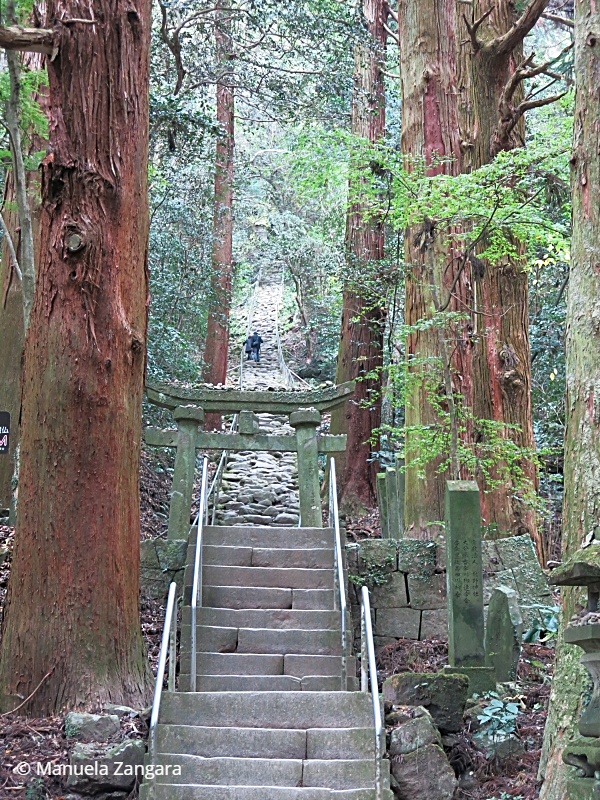

I loved this place… we were almost completely alone. So peaceful!!


FUTAGOJI TEMPLE
Located close to the peak of Mount Futago is Futagoji, a prominent temple with a history of more than 1300 years.


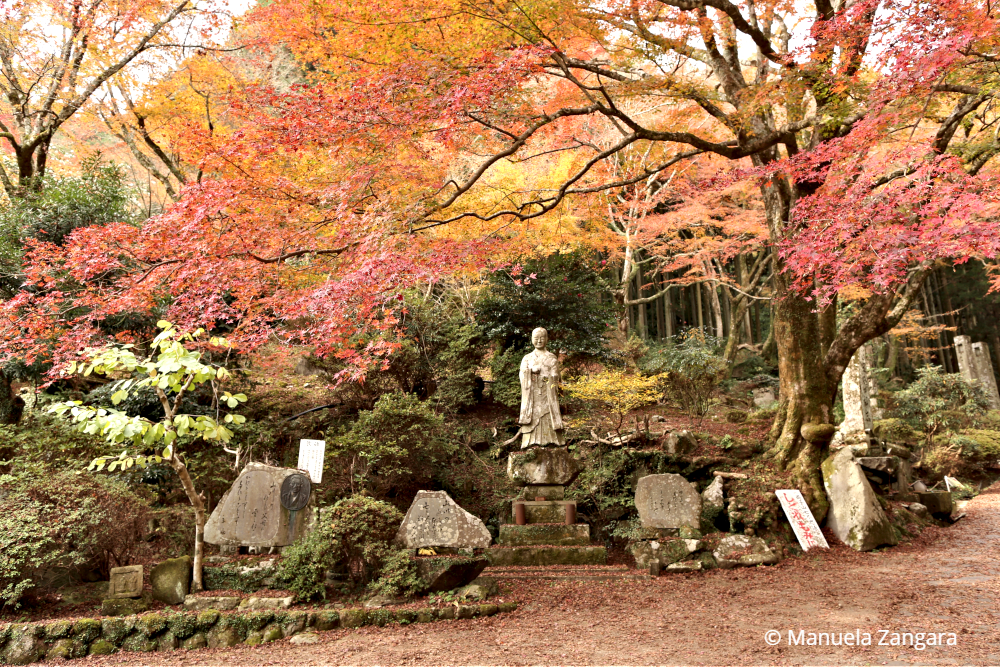
Futagoji’s grounds cover a wide area on the forested slopes of the mountain, with stone and gravel paths and stairs connecting several halls housing various deities.


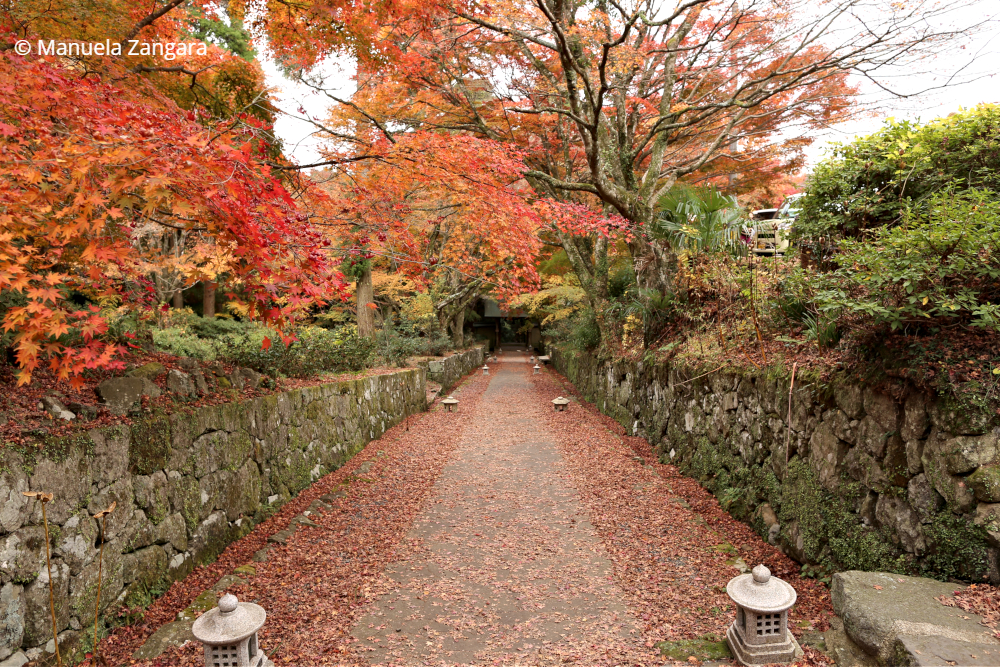
It is particularly beautiful in autumn with all the coloured leaves of koyo.

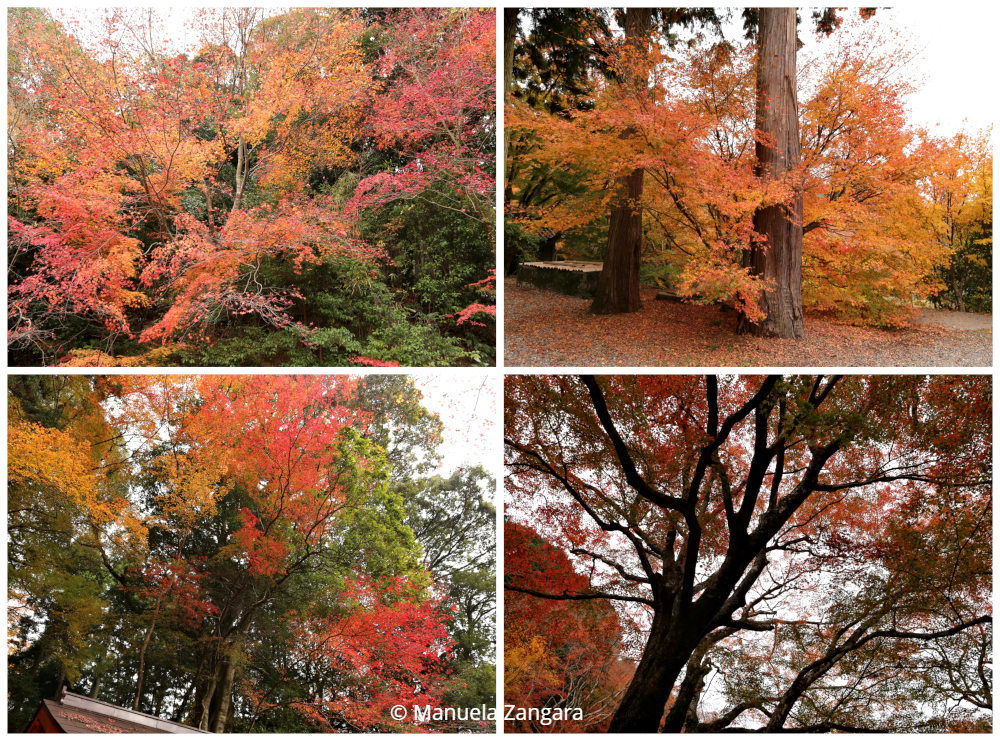

A pair of stone Nio Guardians stand at the start of the traditional temple approach below the parking lot, from where a ten-minute ascent up a flight of steps takes you to the main temple buildings. Rubbing the Nio’s legs is supposed to strengthen a person’s legs.

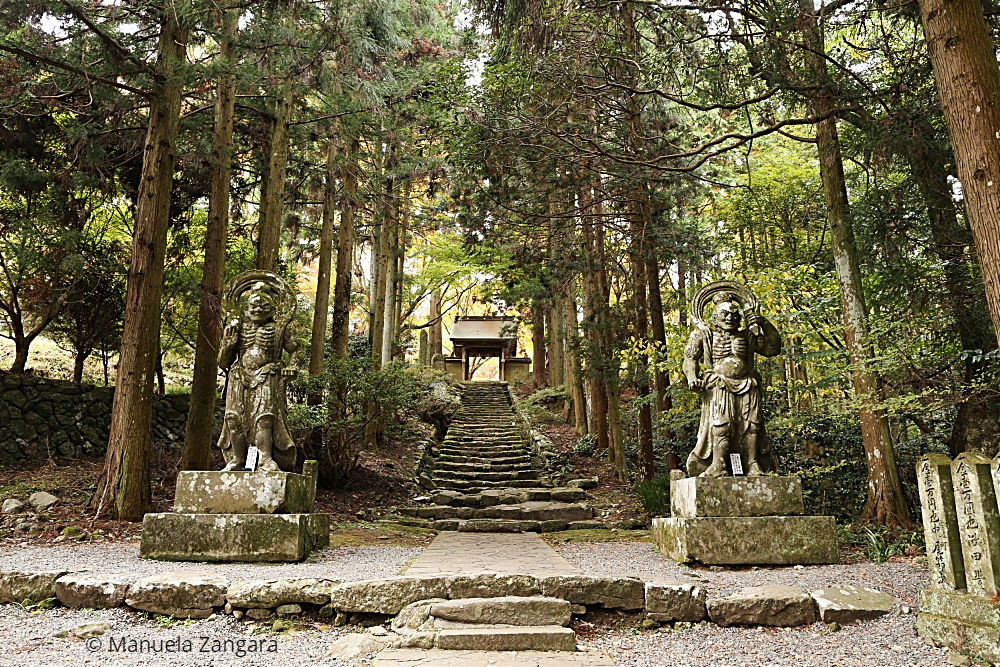
Opposite the Nio Guardians, there is the Mumyo Bridge (the bridge of ignorance) – it is said that anyone who crosses it experiences faith but the bridge will collapse if horses or cattle cross it.

At the bottom of the hill, you can see the Gomado Hall which is dedicated to Fudomyoo, a protector of Buddhism.
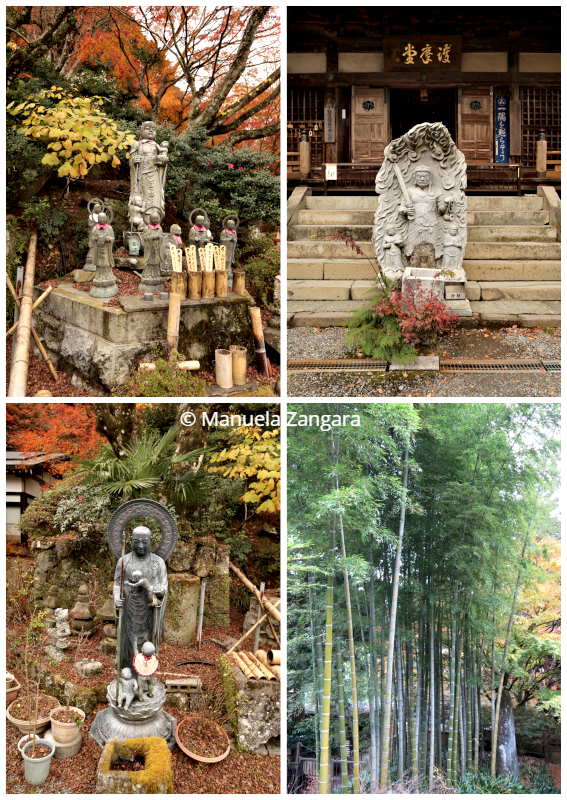

Nearby, you can see the Travellers’ Guardian Deity of Good Marital Unions to which pilgrims offer their requests on heart shaped votary plaques.

The next main building is the Dai Kodo.

I particularly liked the Inari-do Hall where you can see the Three-faced Daikoku of Success.



The central face protects dietary life, the face on the left confers bravery, and the face on the right confers beauty and talent.

You can also see the Oni Bridge (Ogre Bridge) – it is said that a mighty priest named Sentoku-bo once hauled an immense stone from the mountain and used it to create this bridge.

Nearby there are the Water-drop Maples. Even on a sunny day, people standing under the maples looking up are said to feel falling drops of water.

Going up the hill, you can see the Ganjo-ju Tree – this maple tree is so full of vitality that its roots extend over the surface of a boulder. The word ganjo (on top of a boulder) sounds like the word for “hope”.

Next you will see the Kunisaki Stone Tower – the pedestal is shaped like a lotus flower.

The part I liked the most though was the Okunoin Hall, which enshrines the eleven-headed thousand-armed Kannon Bodhisattva.

Right next to the Okunoin Hall, there is a cave with a miraculous well. Its water is said to prevent aging and to confer long life.

The more adventurous may climb up a slightly challenging path beyond the temple buildings to see several natural creations such as narrow openings through large rocks.


I absolutely LOVED this mountain temple. It was really quiet with very few people around. The autumn colours added to the magic of this place. Highly recommended.
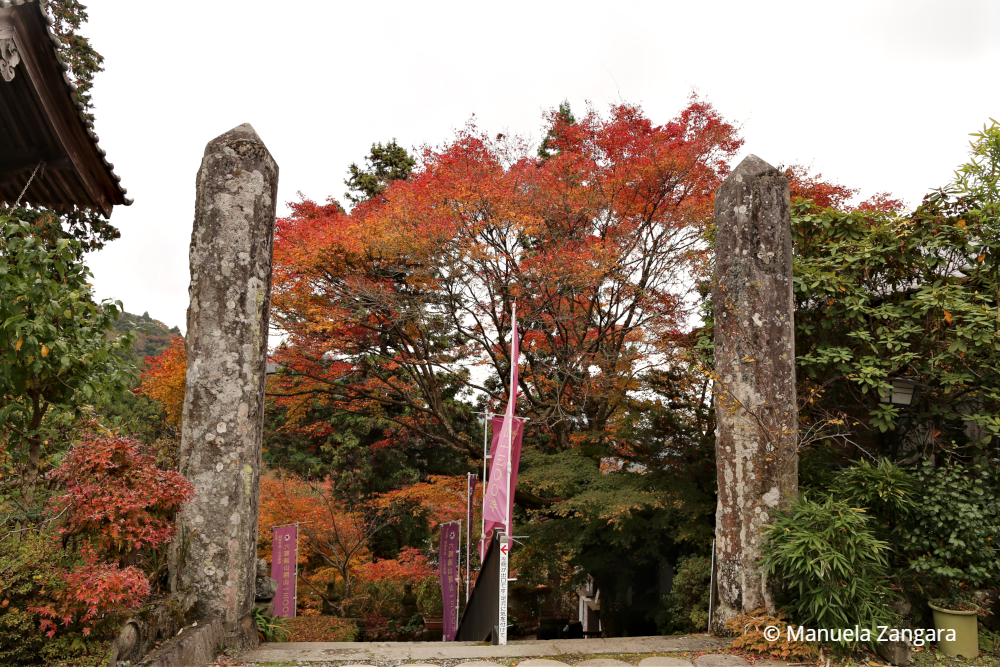
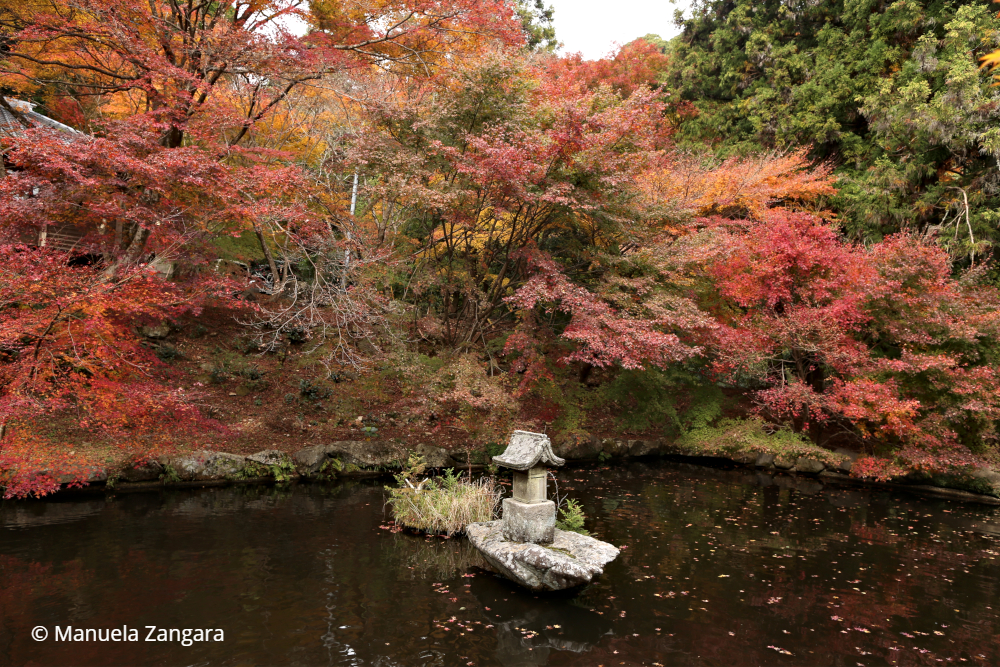
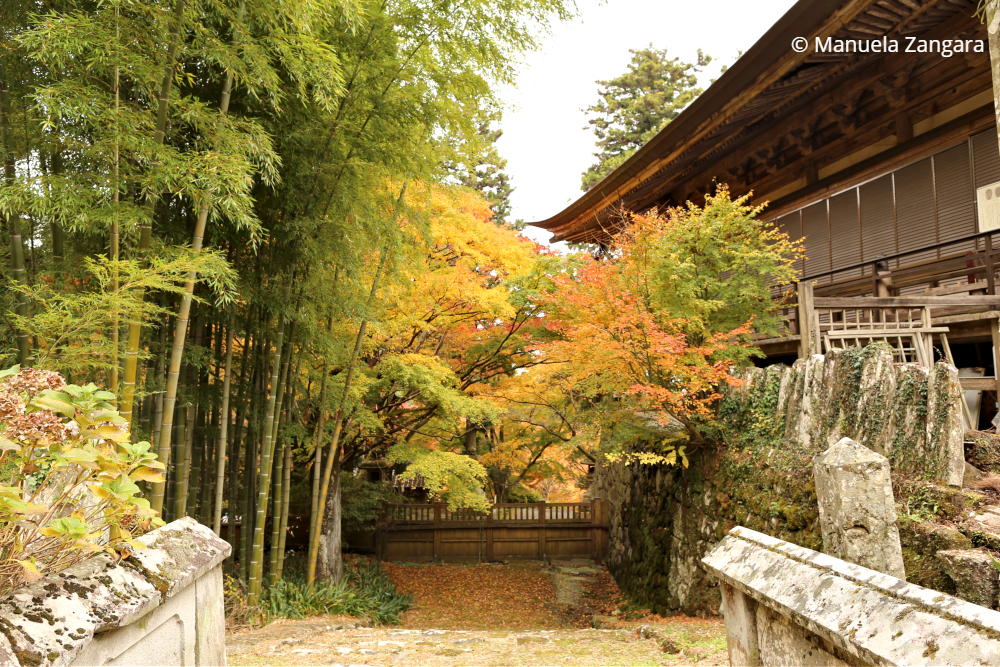
ACCOMMODATION
We stayed and ate in Beppu’s Suginoi Hotel, so please refer to my Beppu – Japan Guide to read more about this.

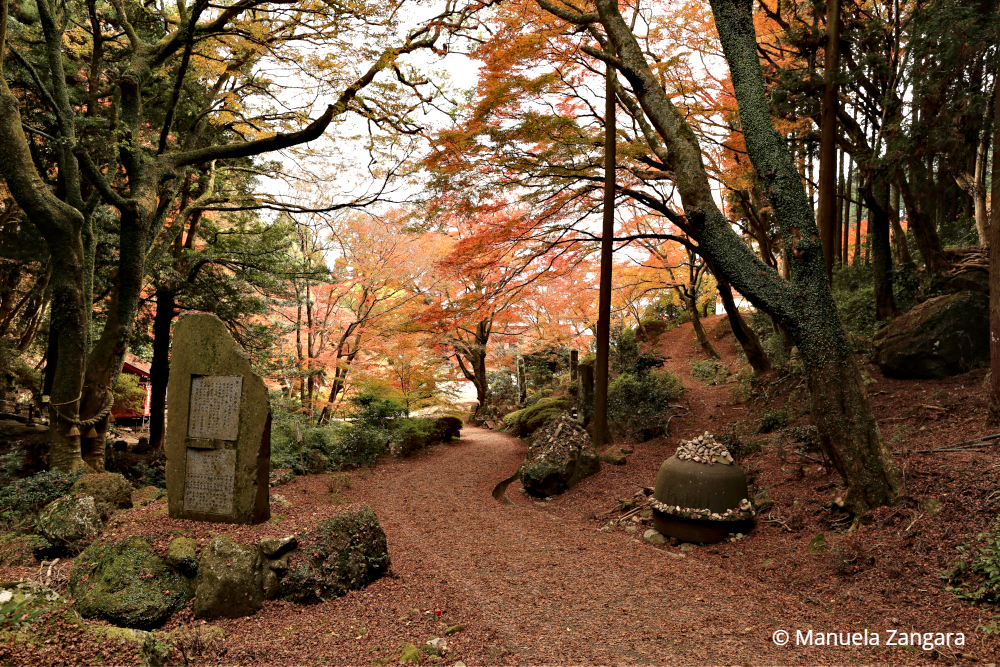
HOW TO GET AROUND THE KUNISAKI PENINSULA
It is very difficult to get to the main attractions of the Kunisaki Peninsula by public transport because not only do buses run infrequently, but transfers are needed, and there is rarely a suitable connection. The most convenient method to get around is a rental car. Rental car outlets can be found at Oita Airport, in Usa, and Beppu.
We rented a car from Orix, near Beppu JR station and we were really happy with them. We booked online and picked it up on the day without issues.
Note that to drive in Japan you need an International Driving Permit (IDP) issued under the 1949 Geneva Convention in the proper format. Make sure to get the correct one!
RESOURCES ON MSM
RECIPES:
TRAVEL IN JAPAN:
Nara & Fushimi Inari guide – Japan
Haru Cooking Class Kyoto – Japan Guide
Nagashima and Nabana no Sato – Japan Guide
Jigokudani Monkey Park Guide – Japan
Miyajima Autumn 2018 – Japan Guide
Don’t forget to pin this post!

HOW TO GET TO BEPPU FROM TOKYO
By train
Take the Tokaido/Sanyo Shinkansen from Tokyo (via Shin-Osaka) to Kokura Station and transfer to the Sonic limited express train for Beppu. The entire one-way trip takes about 6 or 7 hours.
By air
JAL, ANA, Solaseed and Jetstar Japan operate frequent flights between Tokyo (mostly Haneda Airport, except Jetstar which uses Narita Airport) and Oita Airport near Beppu. Flight duration is 90 minutes.
The one-way bus journey between Oita Airport and Beppu takes 40 minutes and costs 1500 yen. All buses stop at Beppu Kitahama, and a few buses also serve JR Beppu Station. Several rental car companies have an outlet at Oita Airport.
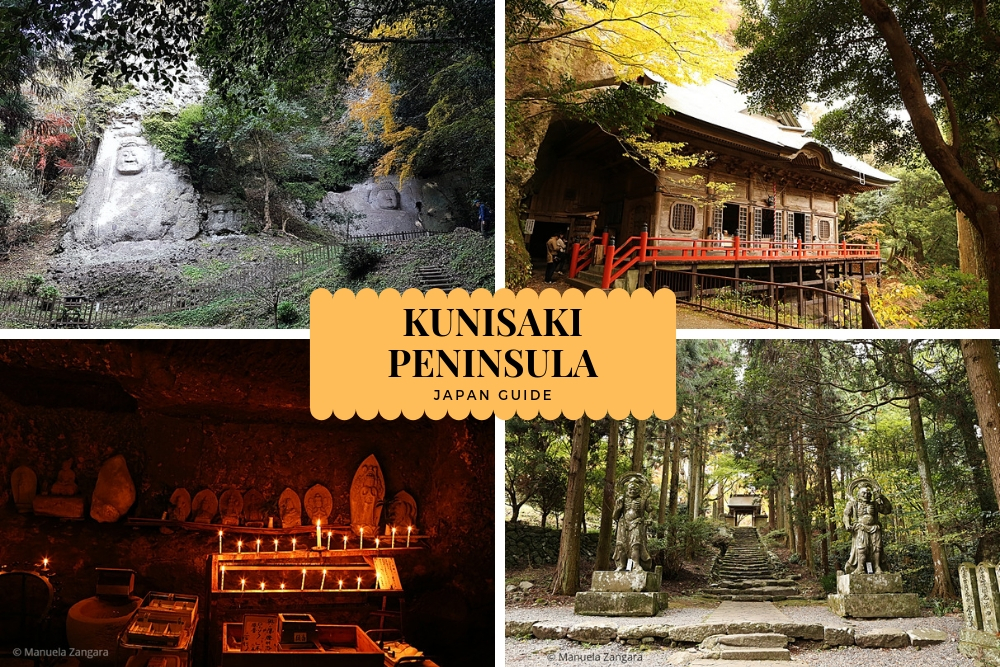

















Leave a Reply